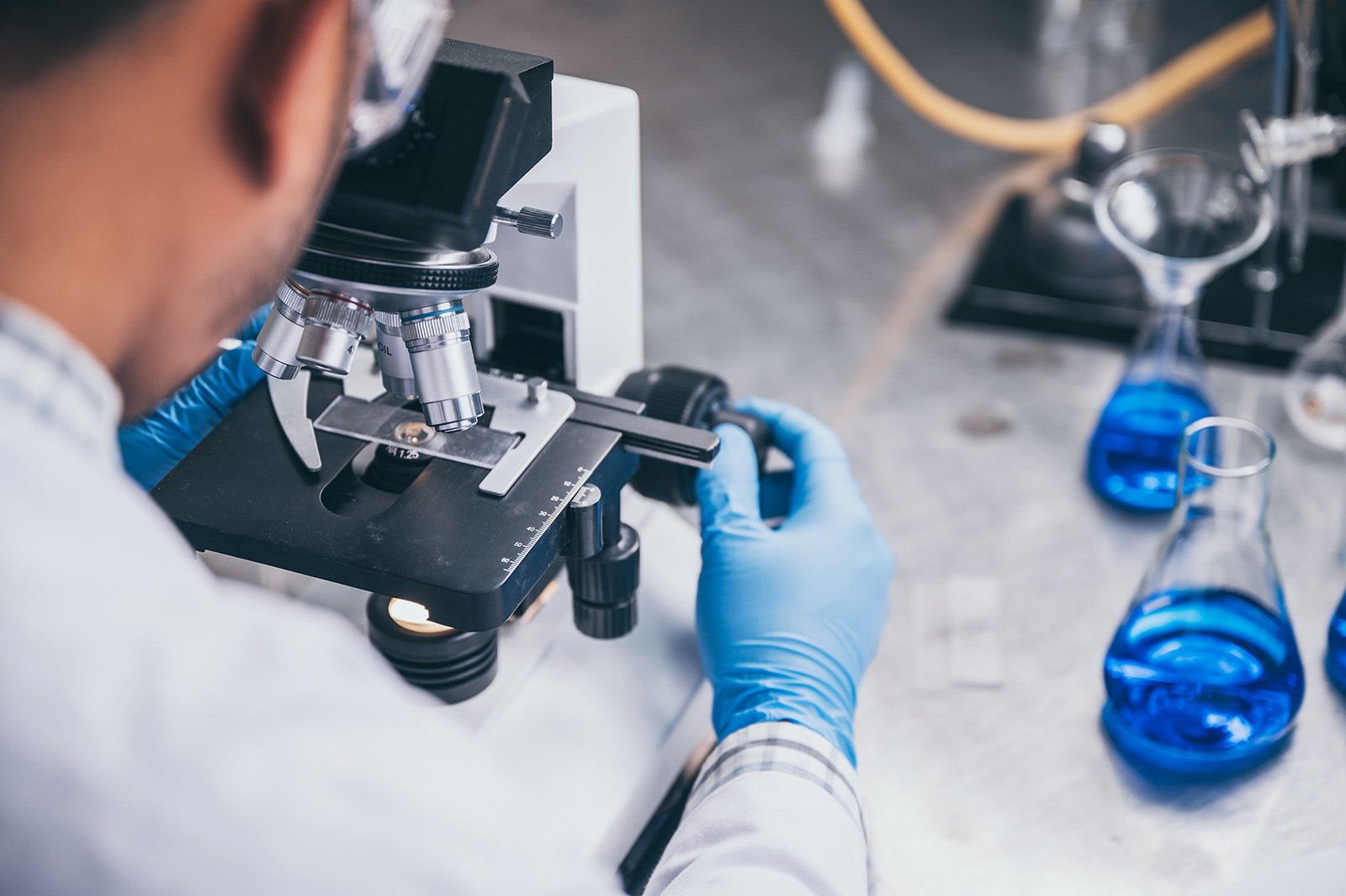History of the ISID
On the evening of 9 May 2013, representatives of the European Society for Dermatological Research (ESDR), the Japanese Society for Investigative Dermatology (JSID), and the Society for Investigative Dermatology (SID) gathered in historic Edinburgh Castle and signed a memorandum of understanding to form a new organization, the International Societies for Investigative Dermatology (ISID). The ambitious mission of the ISID is to unite all organizations of scientists dedicated to investigative dermatology and cutaneous biology with the purpose of encouraging and facilitating collaboration and to jointly sponsor and support an international, abstract-driven, peer-reviewed scientific meeting every five years. This meeting would build on the success of the International Investigative Dermatology meetings of the past 24 years, rotating among sites in Asia/Australia, Europe/Africa, and the Americas, with active participation from all member societies. The ISID is the result of the collective vision of the ESDR, JSID, and SID that the ISID will foster unprecedented levels of scientific collaboration and cooperation by bringing together the “Tri-Societies” with new and emerging societies that share our mission and values. In this “Year of Unity in Action” it seems appropriate to review how the ISID came to be, what barriers we might encounter, and, most importantly, the tremendous opportunity we have to advance investigative dermatology throughout the world.
The history of joint scientific meetings for investigative dermatology begins in 1985 when the JSID and the SID held a joint meeting in Washington, DC. In the following year a joint meeting between the ESDR and SID was held in Geneva. These two meetings highlighted the advantage of “unity” for all of investigative dermatology, and in 1989 the first “Tricontinental” Meeting of the ESDR, JSID, and SID took place in Washington, DC. This meeting brought together scientists from the three societies with a plan to continue meeting every five years, alternating among sites in Japan, Europe, and the United States. This was an important moment for investigative dermatology, and an editorial in the Journal of Investigative Dermatology celebrated the history of the three societies that led to this meeting (Holubar, 1990).

The ambitious mission of the ISID is to unite all organizations of scientists dedicated to investigative dermatology and cutaneous biology with the purpose of encouraging and facilitating collaboration and to jointly sponsor and support an international, abstract driven, peer reviewed scientific meeting every 5 years.
In 1993 the Second Tricontinental Meeting was held in Kyoto, Japan, and was a great success, with more than 600 abstracts presented. In 1993, however, both the ESDR and the SID also held their individual national meetings in addition to the international meeting. It became readily apparent to all of the participants that goals of a global meeting were markedly limited by competing national meetings. Shortly thereafter, the ESDR, JSID, and SID all agreed to forgo independent meetings in the year of these international meetings. This was an important moment because the ESDR, JSID, and SID all agreed that the financial benefit of holding an independent meeting was secondary to the enhanced scientific value of all scientists meeting in one place. This decision was indeed strong recognition that the ESDR, JSID, and SID had a spirit of unity and optimism that our cooperation would grow the field of investigative dermatology for everyone. This optimism proved to be justified. Investigative dermatology grew quickly and it became apparent that these meetings were not only about three continents of scientists but also a forum for the entire world.
In 1998 the three societies gathered in Cologne, Germany, and the Tricontinental Meeting became the International Investigative Dermatology Meeting, symbolizing again the power of science to bring the world together. Over the ensuing 10 years, the International Investigative Dermatology (IID) meetings grew and attracted scientists from throughout the world, with 1,280 abstracts presented at IID 2003 in Miami, Florida, and 1,353 abstracts at IID 2008 in Kyoto, Japan. The growth of investigative dermatology was evident throughout the globe, and in 2009 the specific growth in Asia was documented in the JID with a series of Editorials from scientists in China, Taiwan, Australia, and Korea that highlighted the strength and growth of investigative dermatology throughout Asia.
With this obvious growth of investigative dermatology, representatives from the ESDR, JSID, and SID met in Atlanta at the 2010 Annual Meeting of the SID to begin discussions about the future of IID meetings.
This discussion arose from a recognition that investigative dermatology had grown to the point that up to 12% of abstracts at IID meetings came from scientists from countries that were not part of the ESDR, JSID, or SID but who were members of other scientific societies. It was clear that participation of other scientific societies could facilitate collaboration, advance science, and benefit all investigators. Finally, it was also recognized that the burden for the ESDR, JSID, and SID of forgoing an annual meeting was making it more difficult for each society to finance its activities in IID meeting years, and a more collective model of financing these meetings was needed. With this background, representatives of the ESDR, JSID, and SID began to meet at the annual meetings of each society. Over the next three years, candid discussion among the participants identified a number of key issues. It was agreed early on that any changes in IID meetings must maintain the high quality of science by continuing the abstract-driven content, the blind peer-review process, and the use of English as the language for all participants. The discussions were frank and required a trust and a commitment to the overarching goal of advancing the quality and quantity of investigative dermatology. How could we ensure that the purpose of any newly participating societies was singularly focused and committed to promoting the advancement of investigative dermatology and skin biology? How could we determine that any new partner societies would share the core value of the ESDR, JSID, and SID for a meeting dedicated to presenting new science in abstracts that undergo a blind peer-review process? If regional meetings were to continue in Asia, Europe, and the Americas, how could we determine which society would sponsor a meeting within a specific geographic region? Finally, the issue of financing the meeting needed to be addressed. Would the sponsoring society be expected to fully fund the meetings or to share the revenue and the expenses?

As the discussions progressed, it was clear that our common goals and core values led to a shared trust. The trust from almost three decades of shared science and 3 years of candid discussion let to a unity of opinion. It was agreed that the ISID would consider as members societies with a documented history of conducting meetings where blind, peer-reviewed abstracts with new, unpublished, scientific data were presented in English as not just a part, but the main body of the meeting. It was recognized that these criteria were not aimed at excluding scientists but rather at directing developing societies on a path that would advance the science for everyone. It was agreed that new member societies would join with the ESDR, JSID, and SID in supporting and potentially organizing rotating international meetings every five years in Europe/Africa, Asia, and the Americas.
A process was established to involve all ISID member societies in the selection of sponsoring societies and meeting sites. Finally—and importantly—it was decided to set 2023 as the first ISID international meeting, to be held in Asia. This was a courageous decision for our JSID colleagues because 2023 would be the first year that our meeting might be organized by a society other than the ESDR, JSID, or SID. These important advances were possible because of the trust and understanding among the ESDR, JSID, and SID that had grown since 1989. It was based on our mutual understanding that the advancement of science was our common core value and that we would not compromise our values. It also rested on the continued trust and optimism that the advances of the past 24 years of collaboration would be even greater through the establishment of the ISID.
Finally, we agreed to move forward with ongoing negotiations to determine a viable financial model for ISID and all member societies. All of these changes reflect the values of unity and trust. Although many important decisions remain to be made, the history of 24 years of successful joint meetings based on high-quality peer-reviewed research coupled with the past three years of ongoing candid discussions have established an unprecedented sense of unity and trust among the ESDR, JSID, and SID. This trust and unity of purpose led to the establishment of the ISID, an organization focused on reaching out to other societies focused on investigative dermatology based on a common belief that the result will be an ongoing advancement of all of investigative dermatology to the benefit of science and our patients. It was appropriate that this agreement was signed on an extinct volcano that has been the site of a royal castle since the 12th century. We believe that the ISID will likewise be an enduring foundation and structure for the worldwide advancement of investigative dermatology and cutaneous biology, built on the solid rock of a unity of purpose and the trusted values of science.
